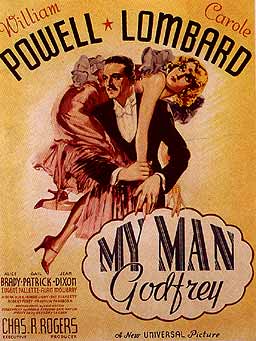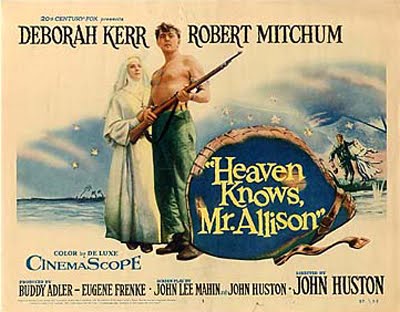Based on the book of the same name by M.E. Clifton James, this movie is less interesting than the true story it tells. Having said that, It’s still an exciting and enjoyable way to spend an hour and a half.
First the story.
After serving in World War I, Meyrick Edward Clifton James, an Australian by birth, took up acting. Music halls and theatres were his workshop. When the Second World War kicked off he volunteered in the British Army as an entertainer but instead of getting assigned to the Entertainments National Service Association, which would have seen him touring for the troops, he was posted into the Royal Army Pay Corps and eventually stationed in Leicester where his acting was limited to the Pay Corps Drama and Variety Group. Minor stuff indeed.
But James had an attribute that would elevate him onto the world’s stage and make him go down in history. He bared a uncanny resemblance to General Bernard Montgomery.
It was while appearing briefly in a show dressed as ‘Monty’ that he was spotted by a British Lieutenant-Colonel, J.V.B. Jervis-Reid, and with D-Day less than two months away, MI5 decided to take a risk on the resemblance and cooked up a plan to confuse the Germans.
James was invited to London to meet Lieutenant-Colonel David Niven (yes, that one) of the Army’s film unit on the pretext of appearing in a film. Once the officials were convinced with his likeness to Monty, he was told the real reason for his summons.
Operation Copperhead, would see James assigned to Montgomery’s staff in order that he may learn his speech and his mannerisms. James had to quit drinking and smoking and, having lost the middle finger of his right hand during the First World War, a prosthetic one was made for him.
This ruse was part of a wider deception known as Operation Bodyguard, which intended to confuse the Germans as to the exact date and location of an invasion. One of these deceptions was that an Allied invasion of Southern France (Operation Dragoon) would precede the D-Day landings. The objective was clear; to keep as much of the German Army away from Normandy as possible.
On 25 May 1944, less than two weeks before D-Day, James (as Monty) flew to Gibraltar on Winston Churchill’s private plane to attend a reception at the Govenor-General’s house and later on to Algiers for several public appearances. The Allies knew that German intelligence agents would spot this high-profile Allied commander and report his whereabouts to the German high command. And Montgomery appearing in North Africa, for talks about ‘Plan 303’ a (fake) plan to invade Southern France, meant he wasn’t concentrating on a possible invasion in the north.
James, who apparently did not enjoy the assignment due to the pressures of the objective, was then secretly flown to Cairo where he remained until Operation Overlord (the invasion of Normandy) was well under way.
Reports on the value of Operation Copperhead are unclear but suggest that it had little impact on the Germans. However, taken as part of the wider Operation Bodyguard, it was a resounding success. The Germans in Normandy were taken by surprise and there was a considerable delay in reinforcements reaching the area from the Calais region.
That’s the story.
Now for the film.
This 1958 John Mills vehicle follows the account fairly well. Mills, who is always worth watching, plays Major Harvey, the intelligence agent who sees ‘Monty’ on a London stage and devises the plan with the help of his boss Colonel Logan (Cecil Parker). M.E. Clifton James (playing himself) is doubtful he can pull off such a deception but is persuaded to anyway.
Under the disguise of a corporal, he spends several days at Montgomery’s headquarters to learn the general’s mannerisms and speech patterns and is then flown off to tour North Africa.
It’s all quite exciting and there’s a little humour injected into proceedings too as well as some nice tension. But towards the end, the film strays from the truth when there is a bungled kidnap attempt made on James once his job is done and he’s resting securely at a heavily guarded villa. Dramatic licence of course but still entertaining.
The film was directed by John Guillermin, who would go on to direct The Bridge at Remagen (1969) and The Towering Inferno (1974) among others and the story was adapted by Bryan Forbes, the acclaimed director, writer, producer and actor whose credits include Whistle Down the Wind (1961) and The Stepford Wives (1975).
All in, this is a great little film and it tells a terrific story. M.E. Clifton James must have had great courage to take on such a role and I’m glad the film remains to honour him as I’m not sure his story is that well known.
The Second World War is littered with these amazing tales of disinformation such as my previously written review, ‘The Man Who Never Was’ which concerned Operation Mincemeat. Some of the ruses dreamed up were (and still are) absolutely fantastic and the fact that the enemy fell for many of them, shows just how ingenious they were.





